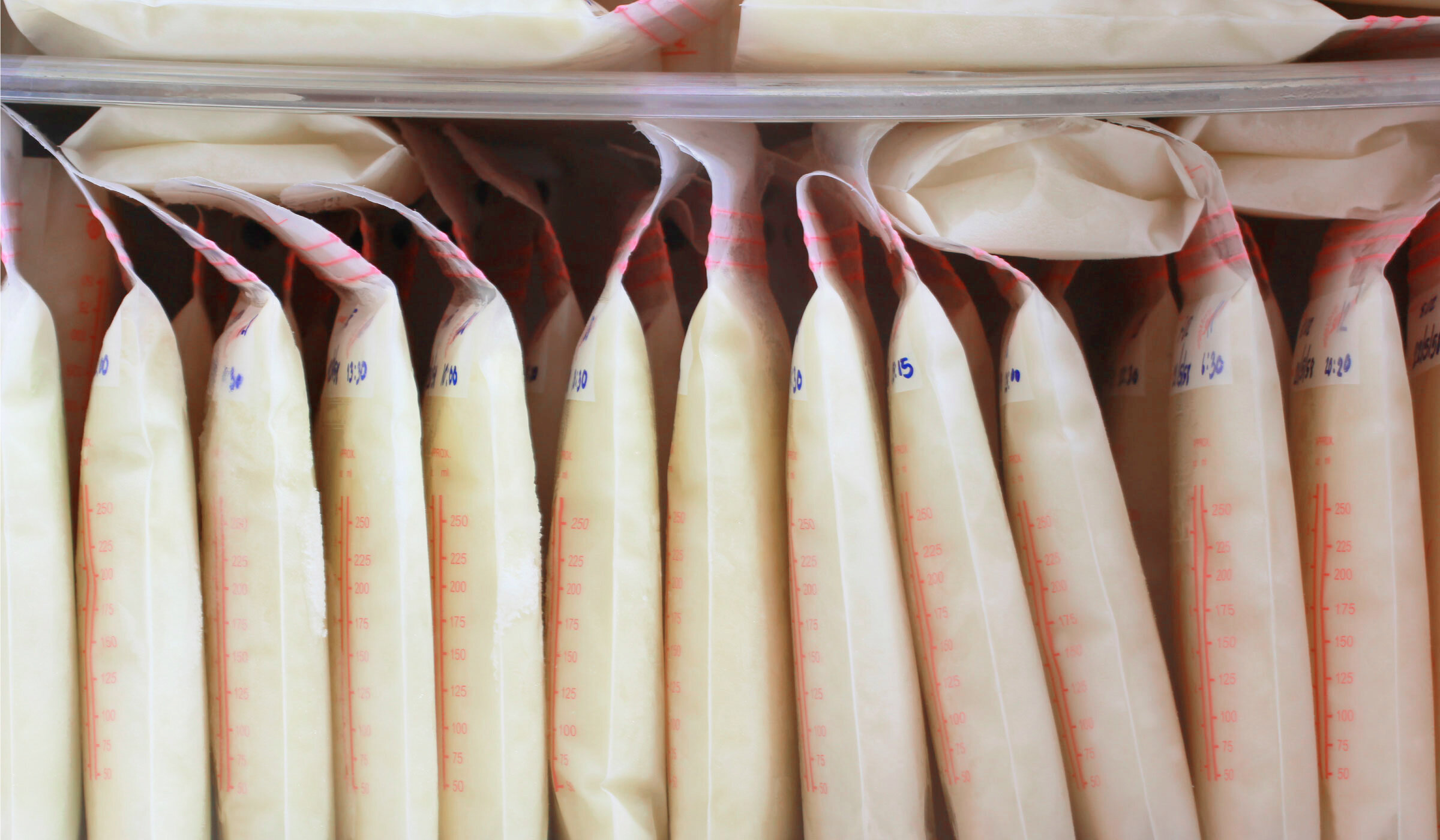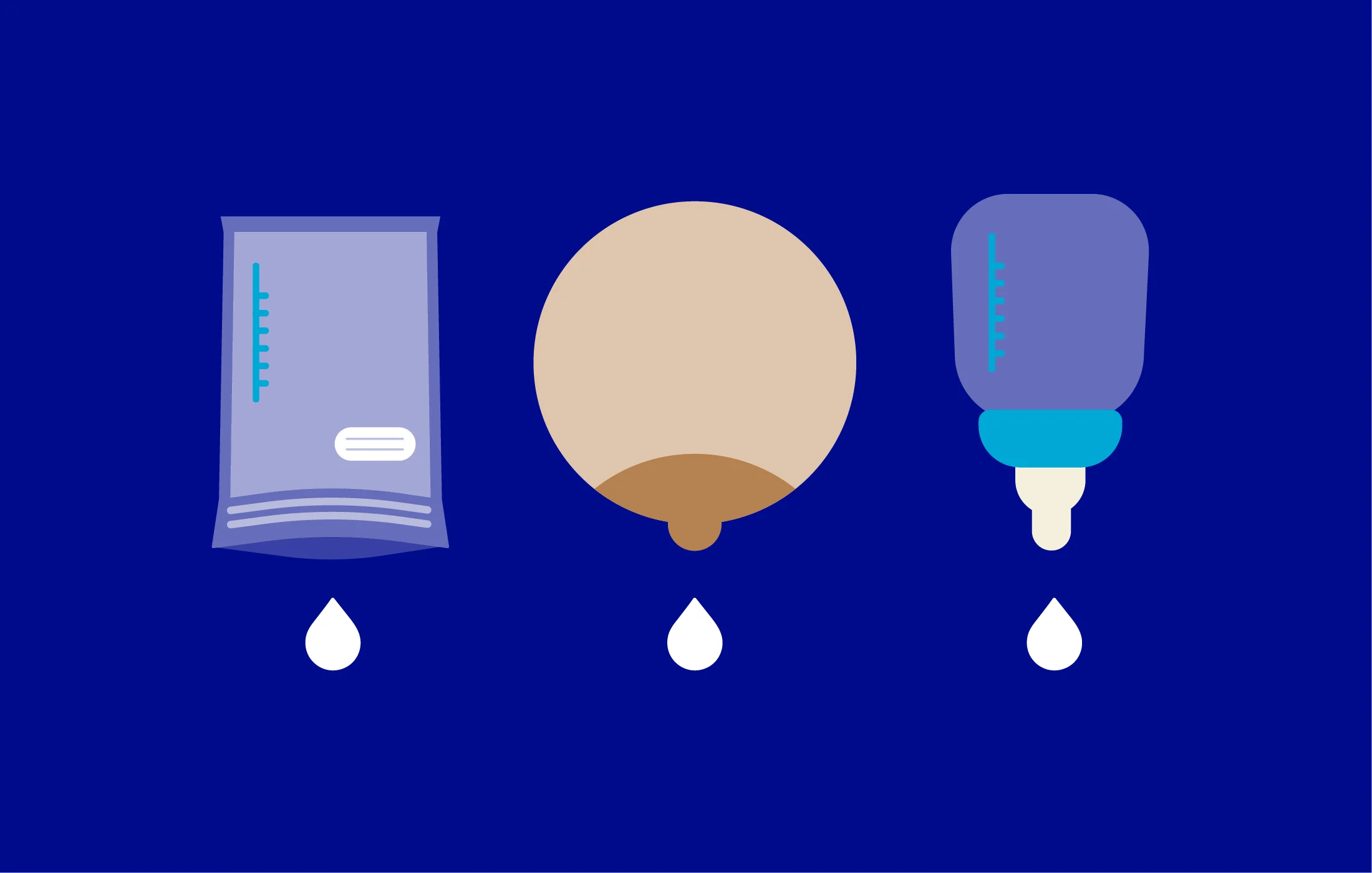Breastfeeding and Preemies
Every year in the United States one out of ten babies is born prematurely (before 37 weeks). Breast milk is the gold standard for all babes, but it’s especially important for preemies to boost their immunity and help them grow. Now, even when a mom’s own milk supply is delayed—often the case when baby comes early—hospitals can pool donated breast milk from other moms.
“The biggest advance in caring for preterm babies is being able to use donated breast milk,” says Dr. Snehal Doshi, MD and CEO of Millennium Neonatology. This milk is typically delivered via feeding tubes since baby’s digestive tract and sucking skills aren’t fully developed yet. At the same time, mom and baby often can work together to overcome some of the challenges. Here are five evidence-based practices that help a mom’s milk supply come in, and set both mom and babe up for successful breastfeeding in the months ahead.
Pump early and often
“We always ask moms if they want to breastfeed—we don’t pressure them,” says Dr. Doshi. “I tell them about the research that shows that breast milk can help preterms grow faster and reduces the chance of infection. And that they can help by pumping. The vast majority say yes.” The sooner a new mom can start pumping, the better. Medical experts recommend that moms pump within six to twelve hours of delivery, and as often as eight to twelve times a day. What’s more, pumping gives gives moms a way to help out right away, when feeding from the breast isn’t an option. And that feels good.
Go skin-to-skin with kangaroo care
Early physical contact between babe and mom is essential and Kangaroo care—holding your babe skin-to-skin on your bare chest—has been found to increase breastfeeding initiation and duration rates in preterm babies by reducing maternal stress and helping new moms bond. Kangaroo care also helps babies sleep, increases the length of their sleep cycle, and helps them maintain a healthy body temperature.
Use a nipple shield
Preterm babies haven’t developed a mature sucking reflex yet, so nipple shields can be a short term solution to help them latch. But nipple shields can also be a contentious topic—some research shows they help increase the amount of milk babies consume, while other research cautions against using them at all to avoid becoming dependent on them. Work closely with your hospital lactation consultant to determine what tools are best for you and your babe.
Take care of yourself
Having a preterm baby in the NICU means spending a lot of time—days, weeks, or even months—in a high-stress environment. The most important thing you can do is take care of yourself so that you can keep making that liquid gold: drink plenty of water, eat well, and get some rest.
Connect with other NICU parents
The March of Dimes offers a comprehensive website and a free app (My NICU Baby) where moms with babies in the NICU can track their feeding sessions (both nursing and pumping), find helpful resources, and connect with other parents who’ve been there.
Mamava designs solutions to empower breastfeeding and pumping parents on the go, like our freestanding lactation pods, Mamava’s lactation space locator app, and other helpful resources.
More breastfeeding resources























